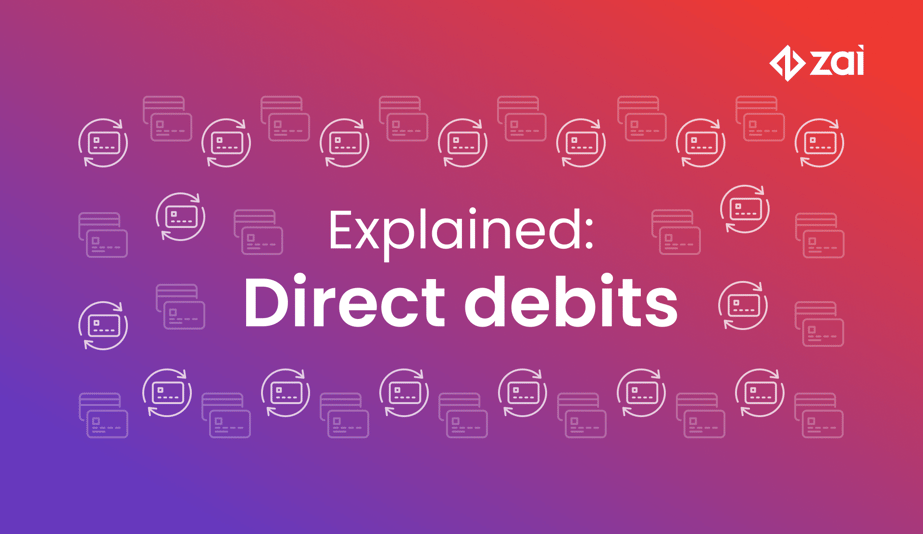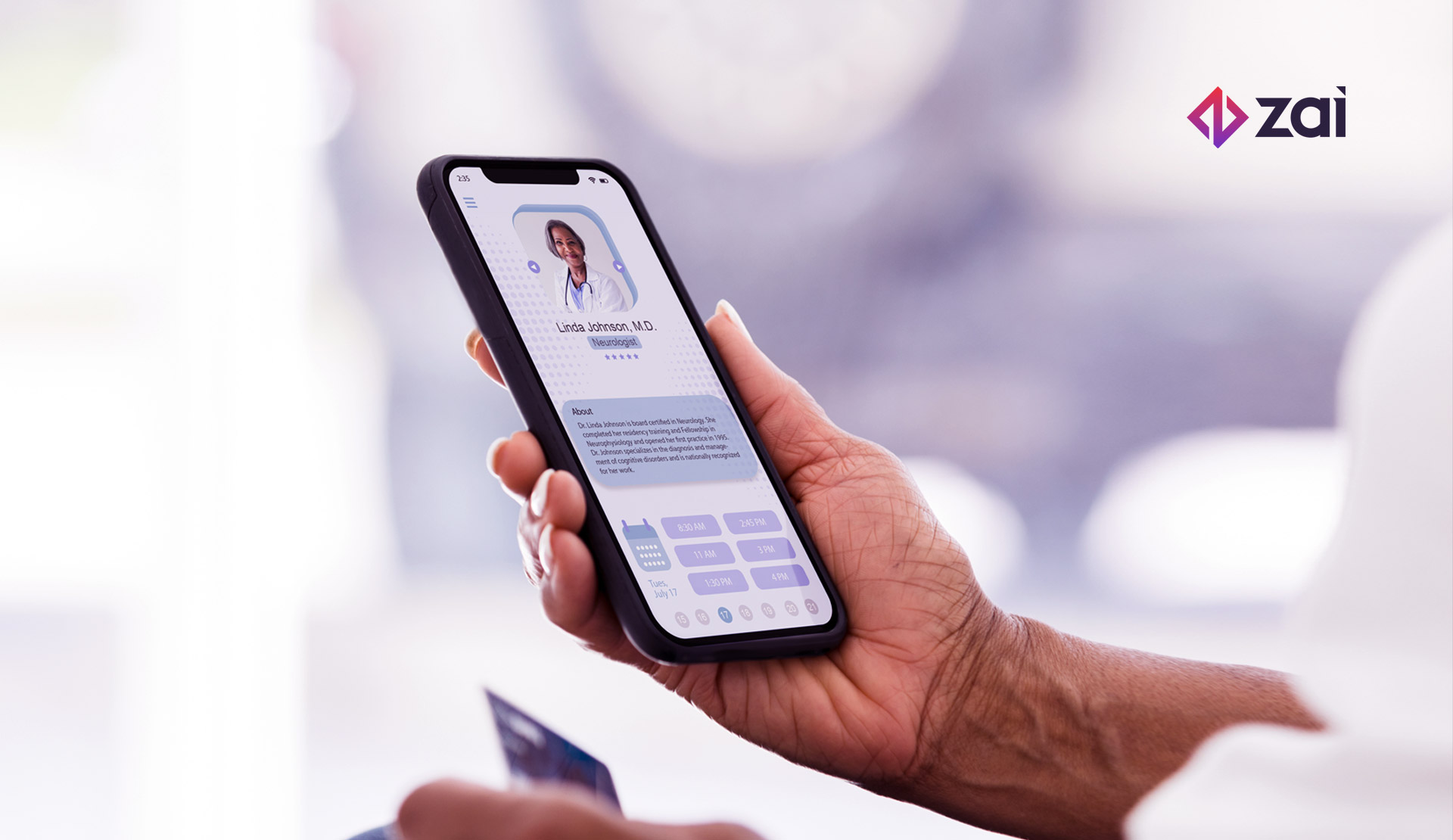A direct debit is an automatic payment from one bank account to another. When a customer signs a direct debit agreement, this means they are consenting for money to be drawn (or pulled) from their bank account regularly. The agreement is made between the payee, typically a business, and the customer, using a form supplied by the payee. The customer provides their bank account details and authorisation for the direct debit via the form (including their signature). The payee then passes the form to their bank for execution.
Although it is possible to arrange a direct debit for a one-off transaction, businesses typically offer direct debit for customers with recurring bills, subscriptions or when a payment is made in instalments.
Direct debits vs standing orders
Direct debits are sometimes confused with standing orders. While a standing order is an instruction made by a customer to their bank or financial institution to make a payment on a particular date, a direct debit is an authority provided to a business, or other organisation, which gives them permission to take (or to pull) payments from the payer’s bank account.
A direct debit offers more flexibility, allowing the payer to change the amount or date of the payment, while standing orders are for a set amount on a set date. Direct debits also offer greater protection for consumers – a payer can request an immediate refund if a direct debit payment is made incorrectly, while a standing order cannot be reversed. For businesses, the most obvious benefit is the payee gets paid on time, whenever a payment is due.
Background
Direct debits began in the UK in the 1960s, when an executive at Unilever devised an “automatic debit transfer” process, which would give the business the authority to directly access a debtor’s account to retrieve the amount they were owed. Initially met by opposition from the banking world, by 1970 the system began to gain popularity with large corporate businesses.
Unfortunately, small businesses were unable to utilise the early version of direct debit because it was prohibitively expensive and time consuming, requiring a full-time staff to administer the system.
As technology advanced through the late 1990s and into the 2000s, direct debit transformed into a fast, affordable and automated system, available to all types of businesses, as well as other organisations taking incoming payments.
Who uses direct debit?
Direct debit is a popular method for paying bills, like utilities, education fees and gym memberships. 81% of Australians have an automatic payment arrangement to cover regular expenses, just ahead of BPAY, which is used by 70% of Aussies. The figures are similar in the UK, where 80% of bill payers have at least one direct debit set up (the average citizen has six direct debits attached to their accounts).
Pros and cons
The commercial benefits of direct debit are many:
-
Businesses have better control over cash flow because they can more effectively forecast income.
-
Setting up a direct debit is a one-off process – once it is in place, there is no need to collect data or authorisations for each transaction.
-
It offers strong protection against fraud and unauthorised payments.
-
Similarly, payees don't need to retain card numbers or sensitive data that could be compromised in a cyber-attack.
There are some drawbacks to using direct debit, the primary issue being speed. Direct debits usually take a few days to clear. So, if the funds need to be deposited immediately, this payment type may not be the best option.
It can also be tricky to set up and manage a direct debit payment channel yourself. Most businesses find it easier to partner with a direct debit provider who manages the entire process for a small fee.
Trends
New payment services are emerging that may lead to a decline in direct debit usage. Digital wallets and buy now, pay later (BNPL) are among the major disruptors, giving consumers the ability to pay for goods in instalments without attracting interest (like a credit card). In 2020, digital wallets were used for 44.5% of e-commerce payments, while direct debits represented just 1.2% of global e-commerce payments.
The lack of control over when direct debits are processed also has the potential to drive users to new payment methods powered by open banking. Real-time account-to-account payment services (like PayTo in Australia) that allow customers to push money to a business (rather than the business pulling the funds) could take over from direct debit soon.
Get in touch to find out how Zai can help you get more business benefits from direct debits.



